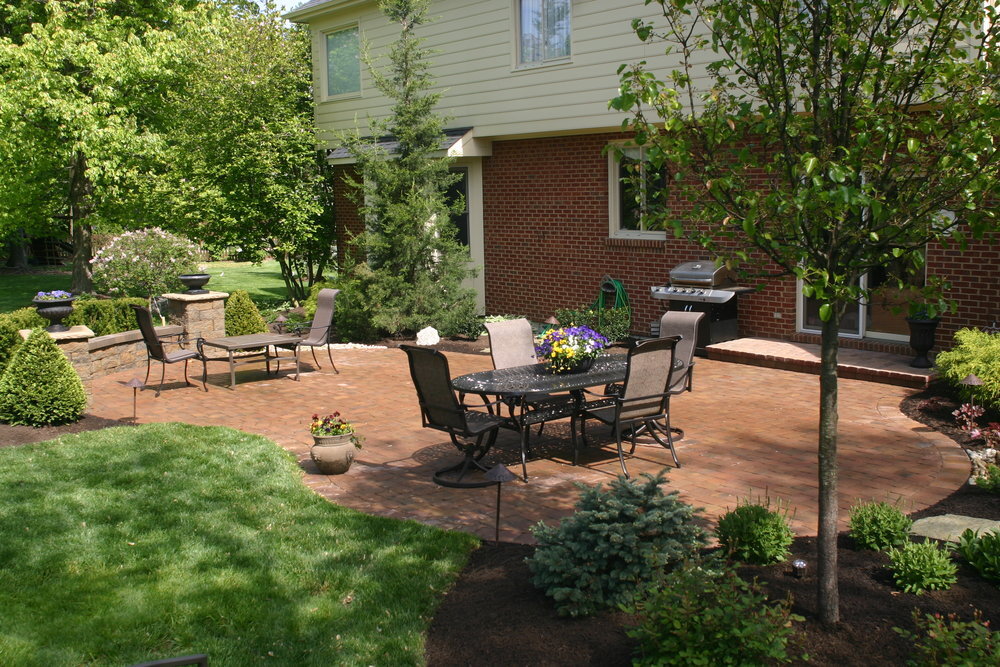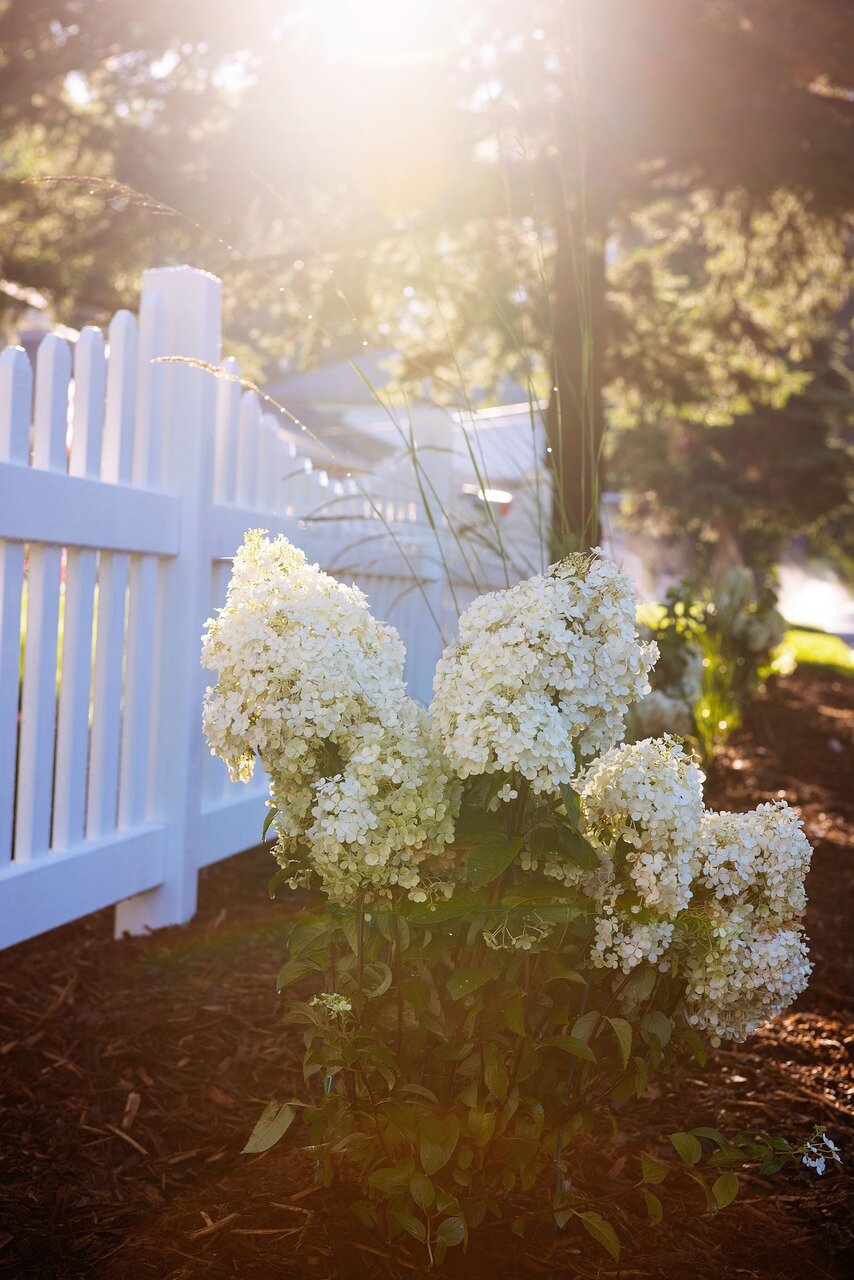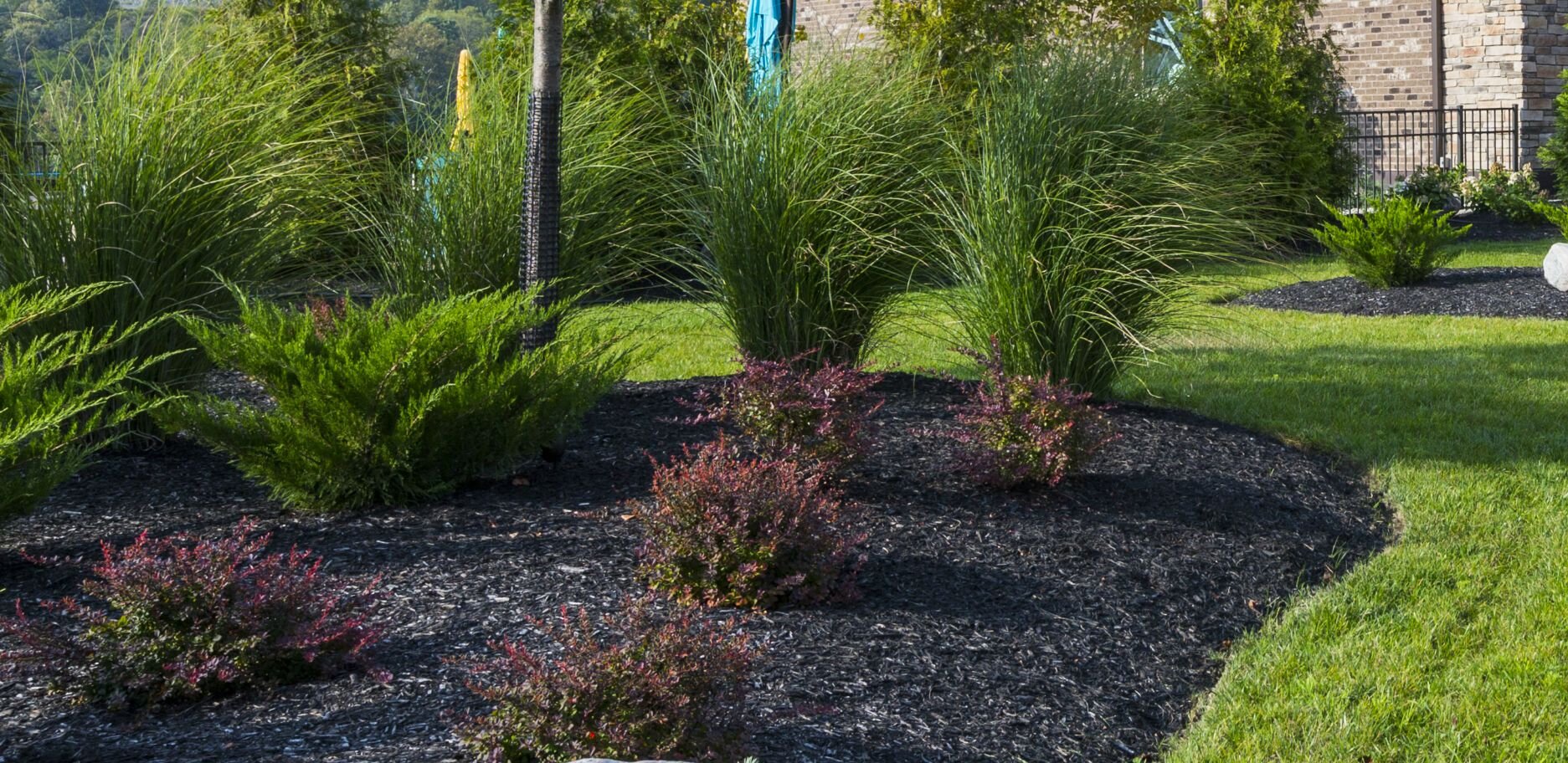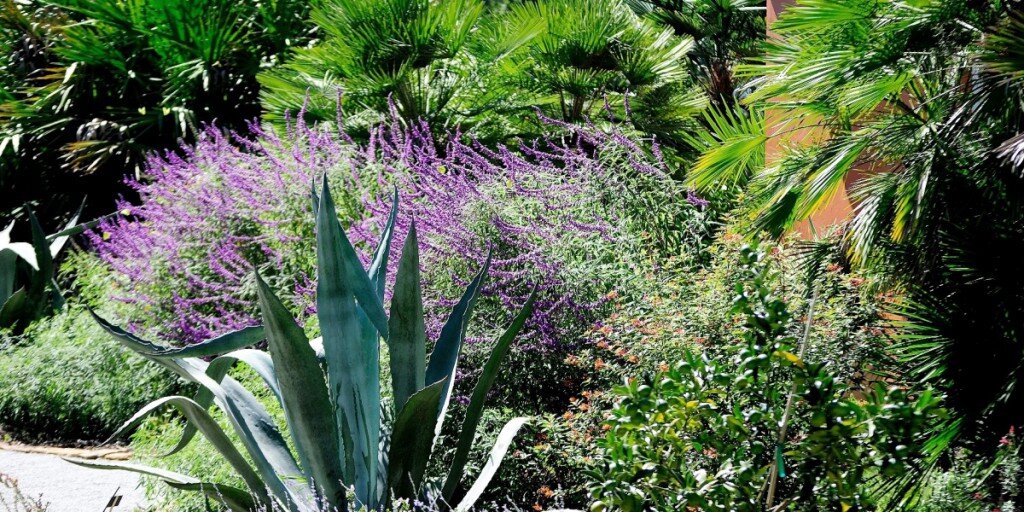Have you had enough time with your family over the last few months? Wishing for a place you could escape to? You don’t have to go far: A backyard retreat could be the perfect spot to take a break. Making a refuge of peace, quiet and solitude isn’t hard.
Make It Comfortable
To create a relaxing backyard retreat, start with a spot for a hammock, swing or garden bench. You can define the area with a “floor” of flagstones, crushed gravel or pavers and walls of stacked stone. You can even provide a bit of shelter from the elements with an awning, pergola or gazebo.
To help decide where to place your backyard retreat, consider what time of day you might use the space. Would you prefer to sit in the shade or soak up the sun? Is there a view you’d like to enjoy from your bench or swing? Will it be a spot for stargazing?
Appeal to Your Senses
Now that you’ve chosen the perfect spot, think about what you’ll see, hear or smell there. The soothing sounds of water can come from a fountain or pond nearby. Flowers and plants provide visual beauty and fragrance to enjoy. Choosing the right plants will allow you to have new blooms or colors to see as the seasons pass.
How about adding landscape lighting to your backyard retreat? You can choose the romance of a hanging chandelier or surround the area with low path lighting. Would you enjoy having an outdoor speaker in the space to add music?
Photo courtesy of Kichler Lighting
Invite feathered friends into your retreat with bird feeders or bird baths. The right plants can attract butterflies, too.
Your Backyard Retreat
Finally, decide how private you would like your space to be. Fast-growing plants can create a living screen or you can add some kind of fencing or structure for privacy.
A curving stone path can lead visitors to the retreat or you can leave the space “hidden” for your enjoyment only.
Tell us about your vision for a backyard getaway. We’d love to help make your dreams a reality this summer. Contact us today to discuss all the options in a no-obligation consultation.






























